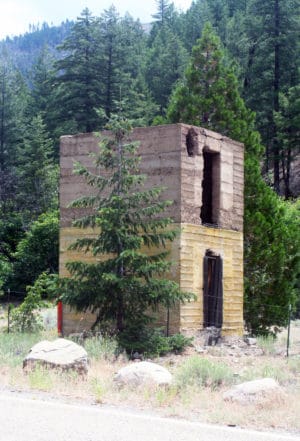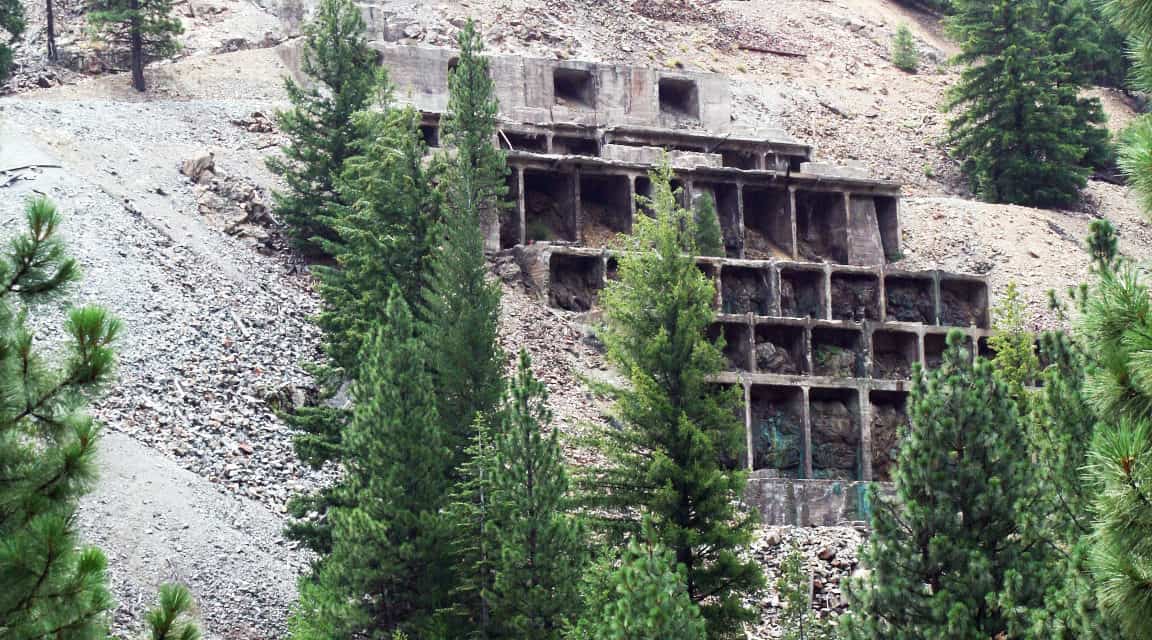 Story and photos by Stacy Fisher
Story and photos by Stacy Fisher
During the Civil War, Jack and James Ford discovered copper outcroppings above the North Arm of Indian Valley outside Greenville, CA., while other miners found similar deposits along Genesee Valley’s Ward Creek, according to information posted on the Internet.
Shortly thereafter, copper and gold mining in the region began in earnest.
Gold may have lured miners with its promise of great riches, but copper was the bread and butter of the mineral industry.
Copper isn’t found in many deposits in the world large enough to mine. This region made the find in the north end of the Plumas Copper Belt an important discovery.
The soft metal is a major industrial element because of its high ductility, malleability, thermal and electrical conductivity and resistance to corrosion. It is an essential nutrient in our daily diet, and copper’s antimicrobial properties are increasingly important in the prevention of infection.
It ranks third after iron and aluminum in terms of quantities consumed in the US.
As copper use rose in importance in the mid 19th century, some prospectors shifted their attention from gold, a much more difficult metal to recover, to copper.
Henry A. Engels and his family settled on Lights Creek after discovering copper on September 1, 1880. Engels founded the Engels Copper Mining Company at the Superior Mine claim, and incorporated on June 19,1901.
The Chapman brothers, at their primitive smelter in Genesee Valley, processed the rich, naturally concentrated metal as the copper industry expanded and demand increased exponentially. In 1911 the Engels Company built a smelter at China Gulch, but the U.S. Forest Service shut down the operation, which had stewardship over the land that was within the Plumas National Forest.
The Engels Mine was the largest producer of copper in California during its heyday through the early 1900s, with the ore hauled over road to the tiny township of Keddie, where it was loaded into Western Pacific Railroad freight cars and transported to a smelter in Garfield County, Utah.
The Engels Company became publicly owned with the building of the first all flotation copper mill in the United States in 1914.
Flotation is a process in which valuable metals are separated from worthless material or other valuable minerals by inducing them to gather on the surface of a frothy layer. This process is based on the ability of certain chemicals to modify the surface properties of the minerals like copper.
By 1917, the shortline Indian Valley Railroad had opened in response to the growing copper boom, and the amount of ore shipped from the Engels Mine increased significantly from Lower Camp to the Western Pacific station at Paxton, a distance of 22 miles.
The railroad also hauled passengers and miners, as well as supplies and equipment that supported the mine on its two daily round trips.
A year later in 1918, the townsite of Engelmine was laid out and peaked in the 1920s, when it reached a population of 1,200 people.
During the mine’s commercial operation, Plumas County was number one in state copper production.
The Engels mine closed in 1930 due to the declining value of copper and as a consequence of the Great Depression.
The Indian Valley Railroad continued to operate, however, until December 5, 1938, when the railroad and township of Engelmine were dismantled. Many of the houses were preserved and moved to Greenville, Quincy and Portola, with the last few remaining cabins demolished in the 1960s.
During more than 15 years of operations, Engles Mine yielded 117 million pounds of copper, along with substantial amounts of gold and silver, producing $25 million over its lifetime.
Walker Mine, a similar operation located 15-miles south of Engels, produced $23 million (over $1 billion in today’s dollars) in copper.
Today, Engels Mine is a cultural feature in Plumas County that is easily visible from N. Arm Rd. about 20 miles outside Greenville.
The California-Engels Mining Company, located in Greenville, continues to engage in developing mineral and timber properties in the western United States.












